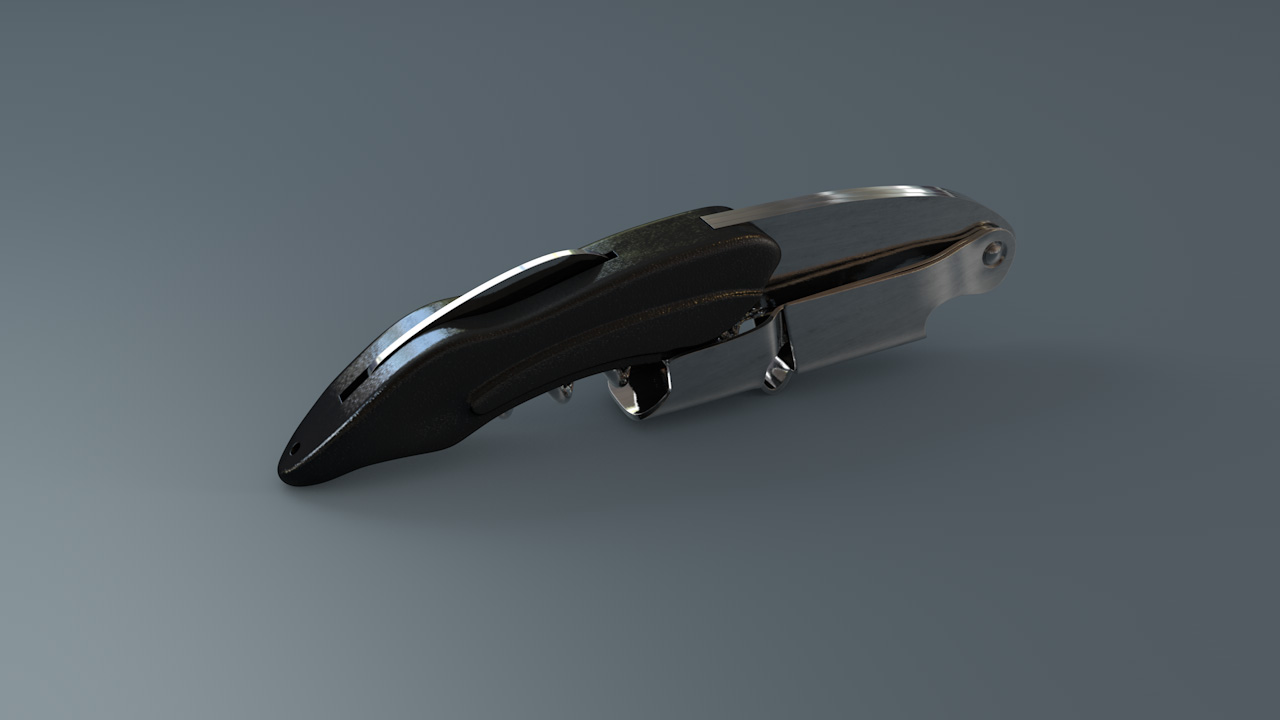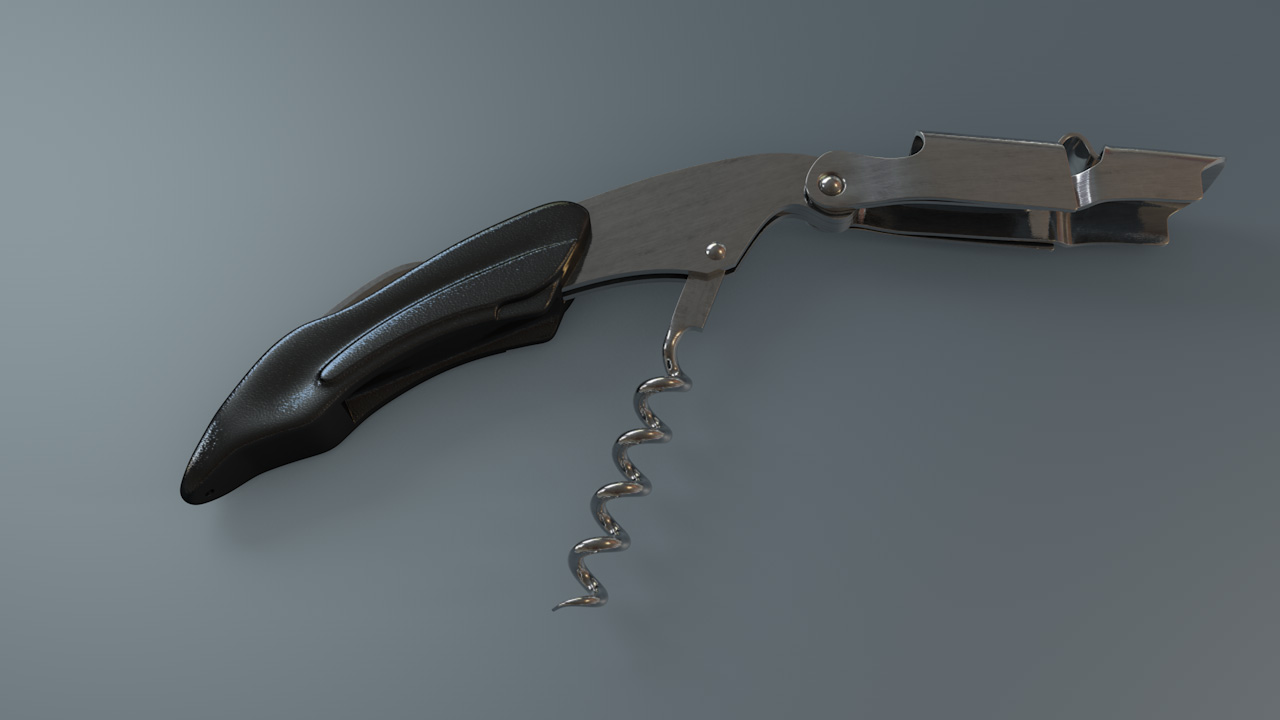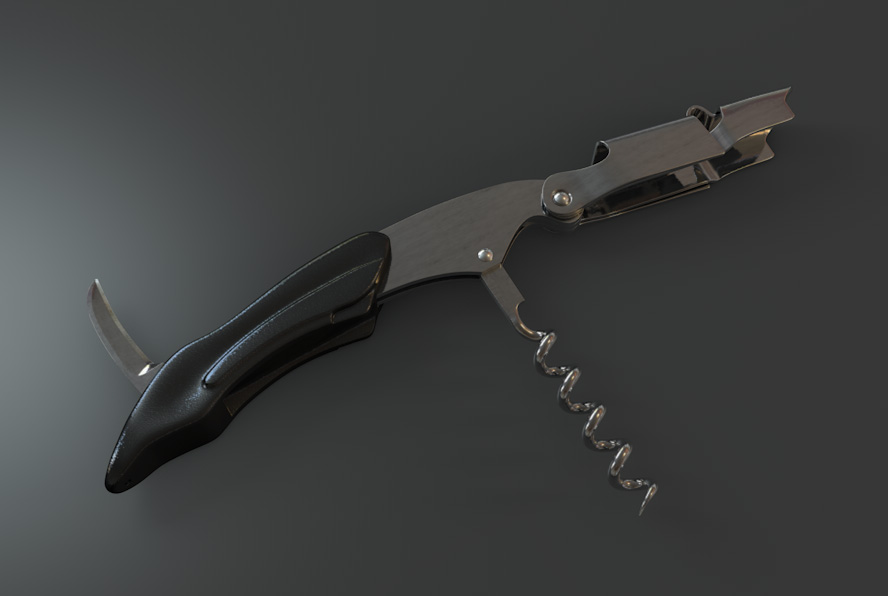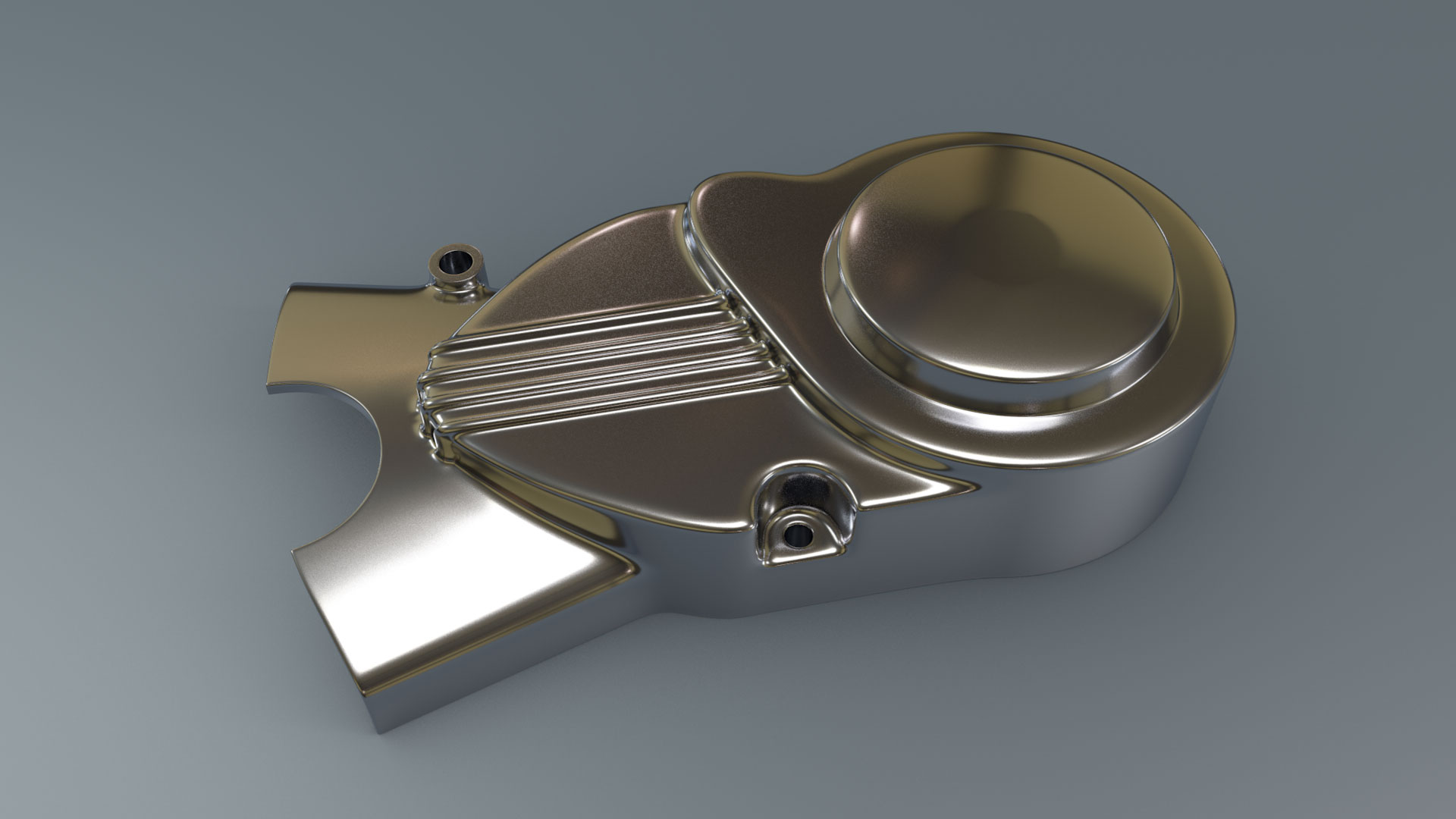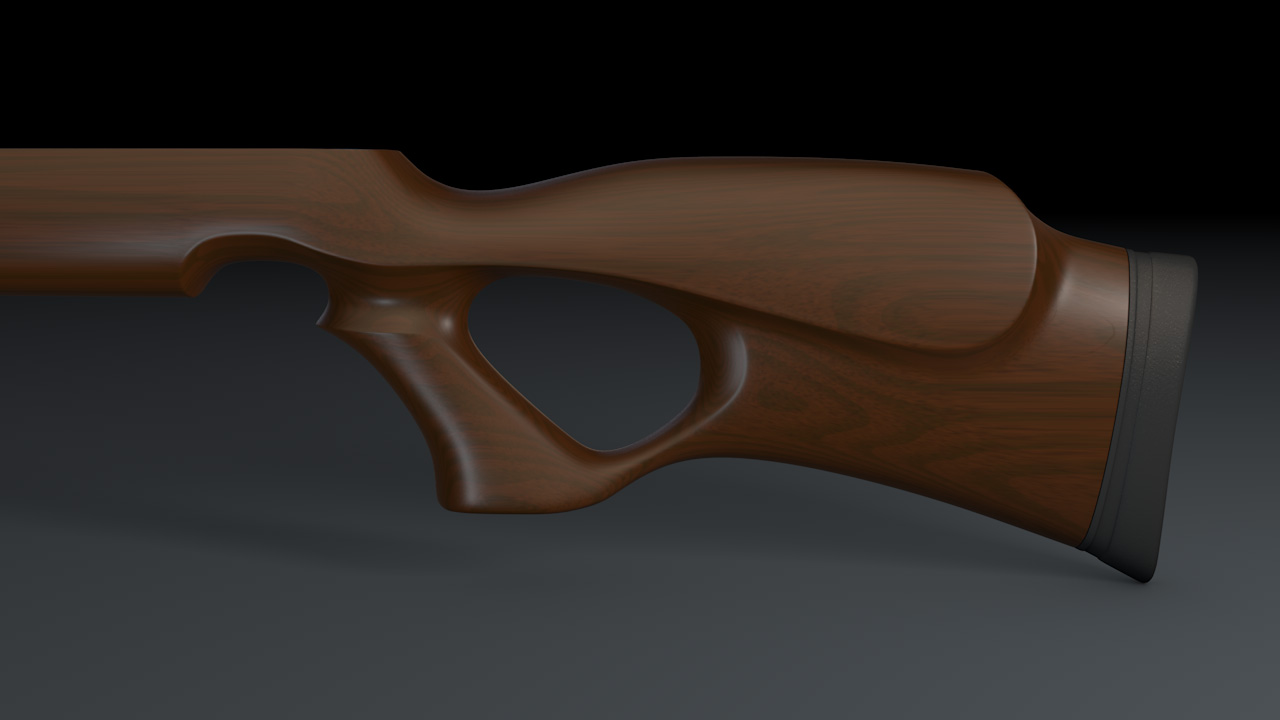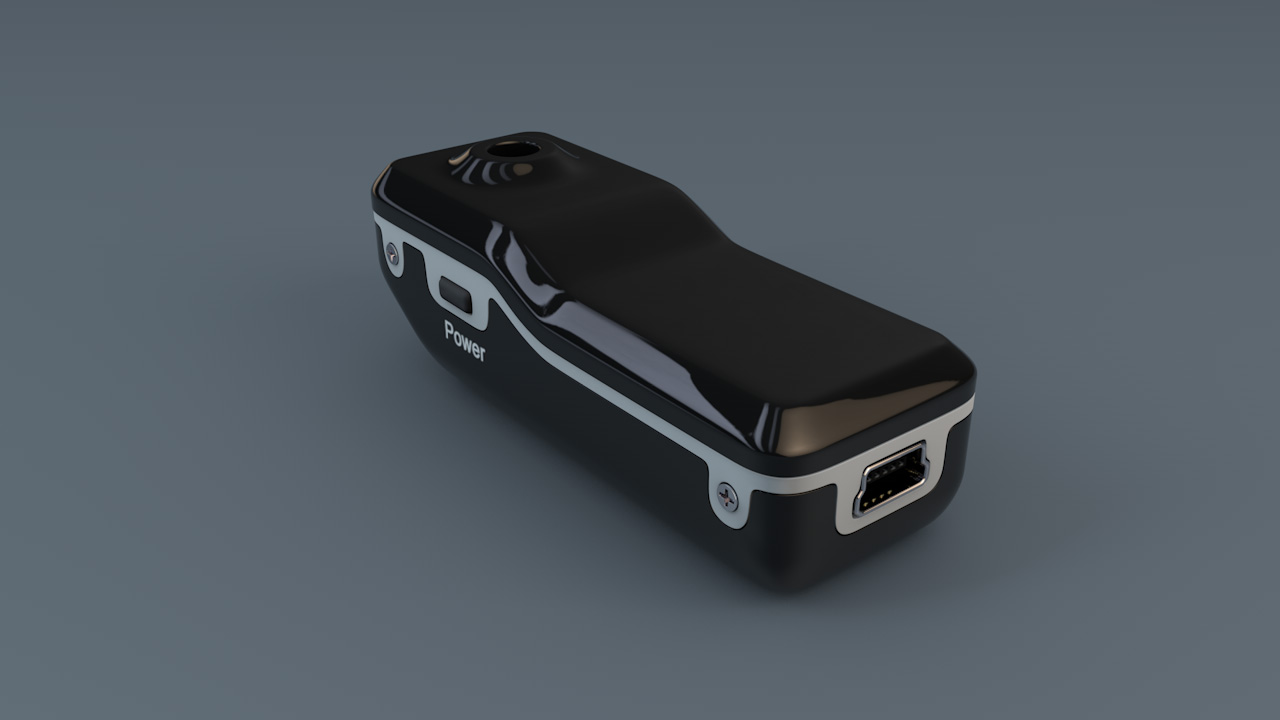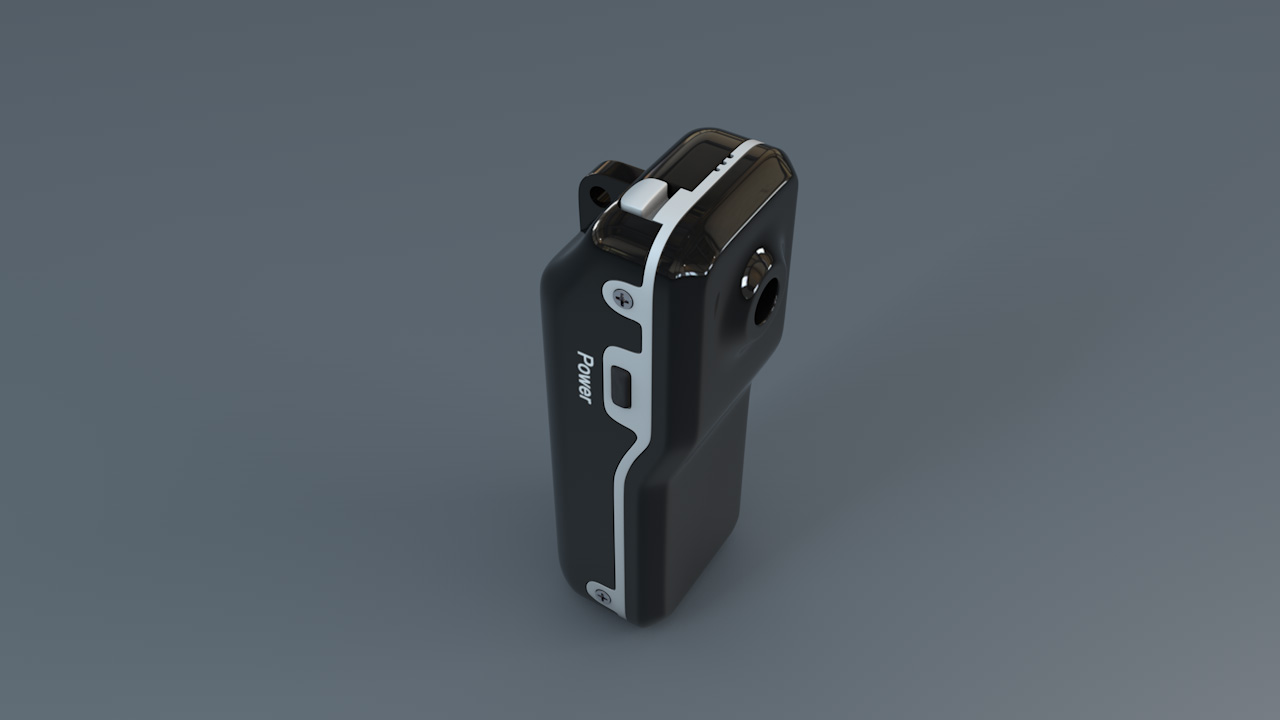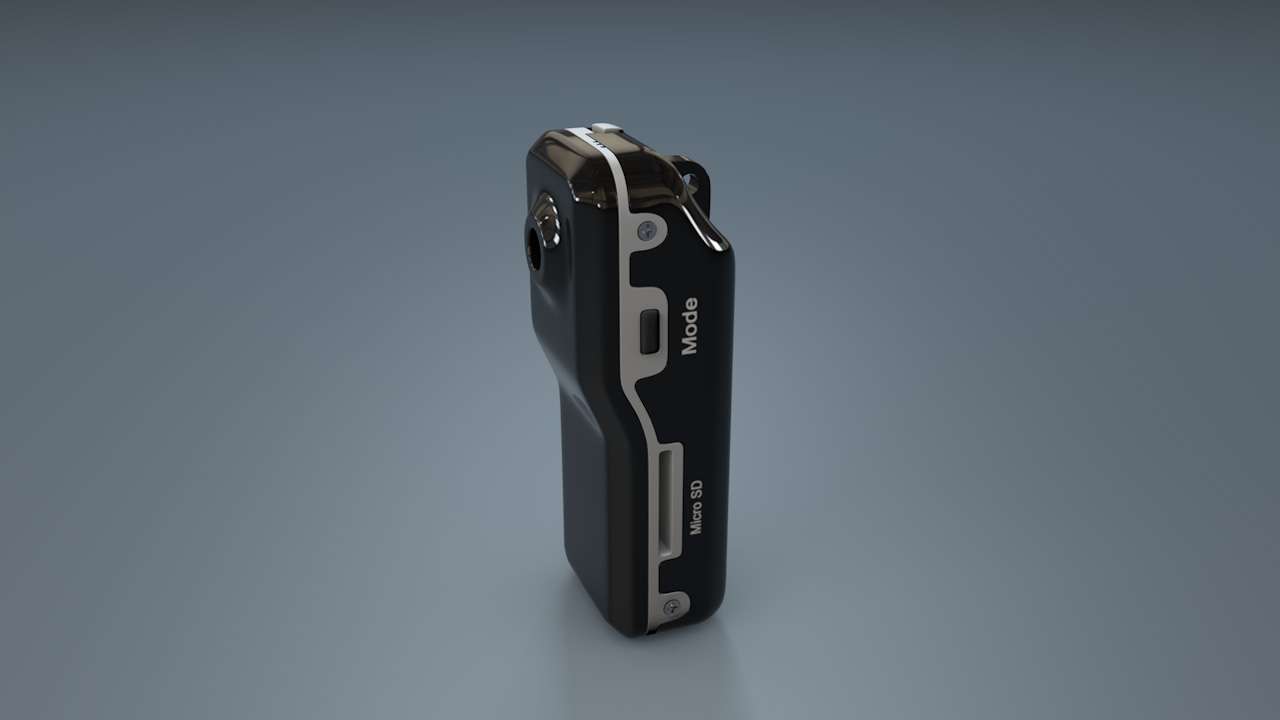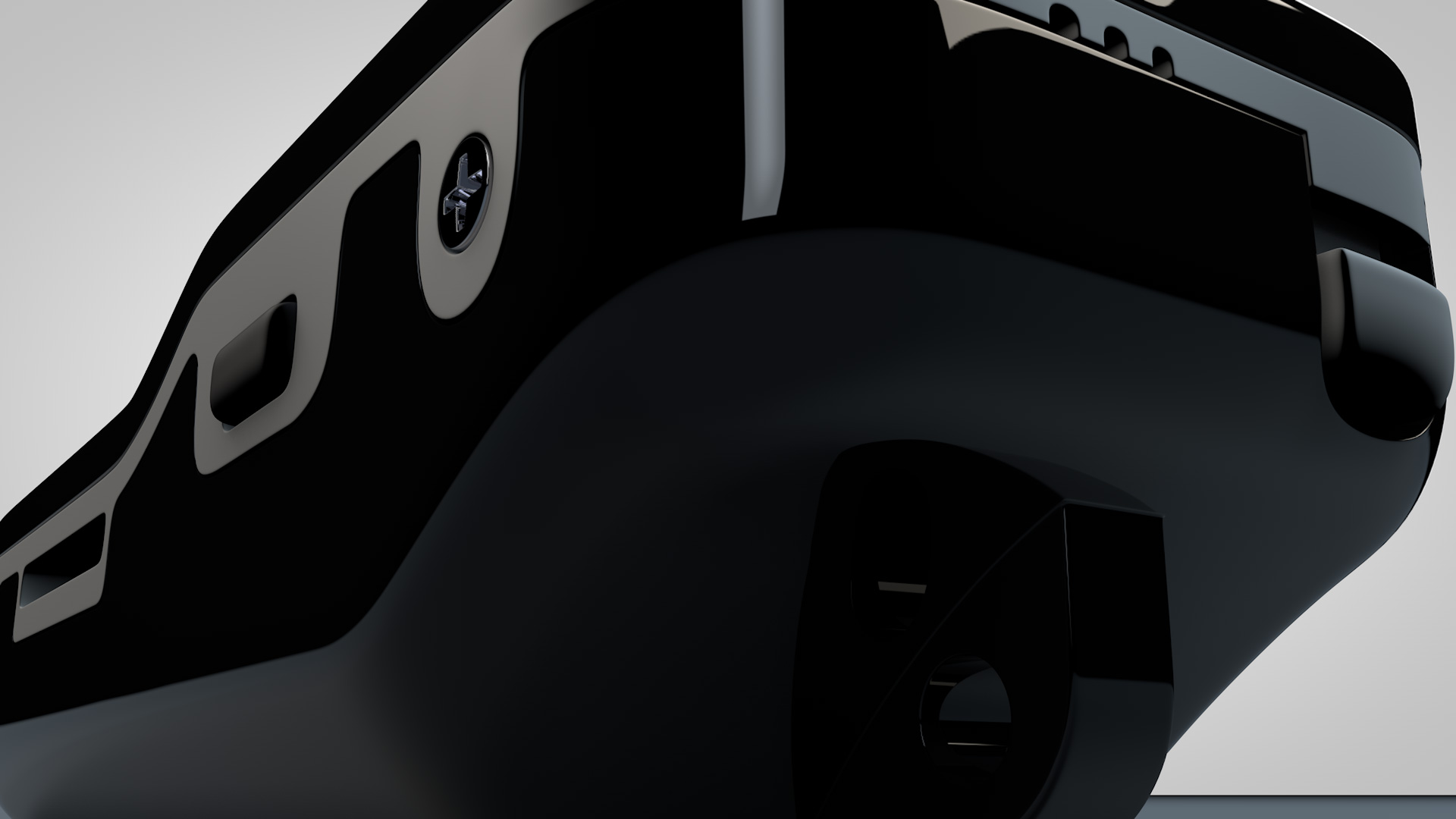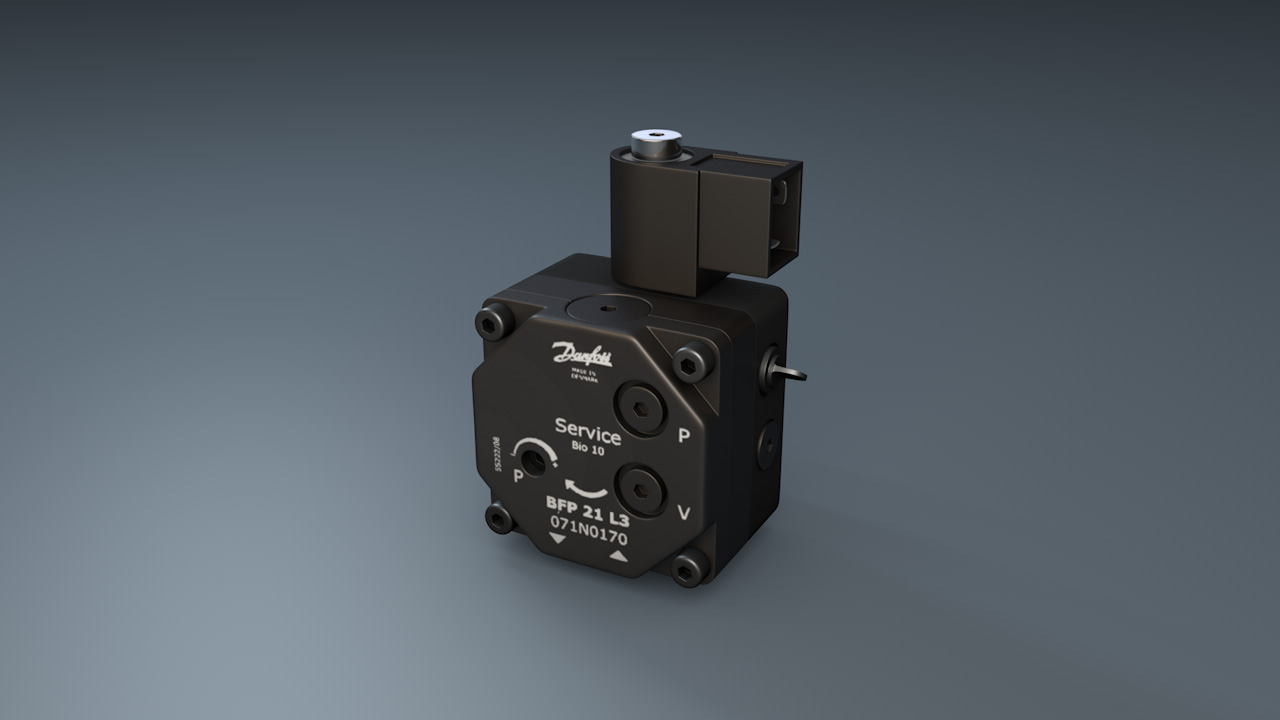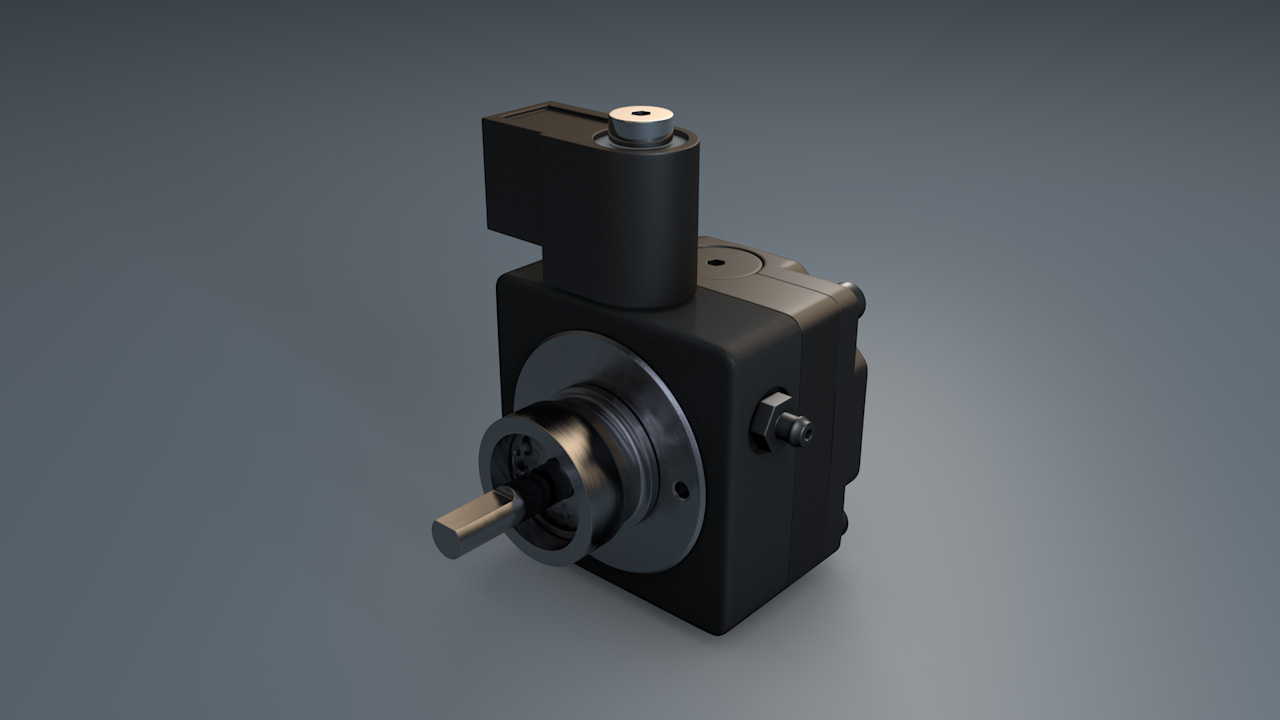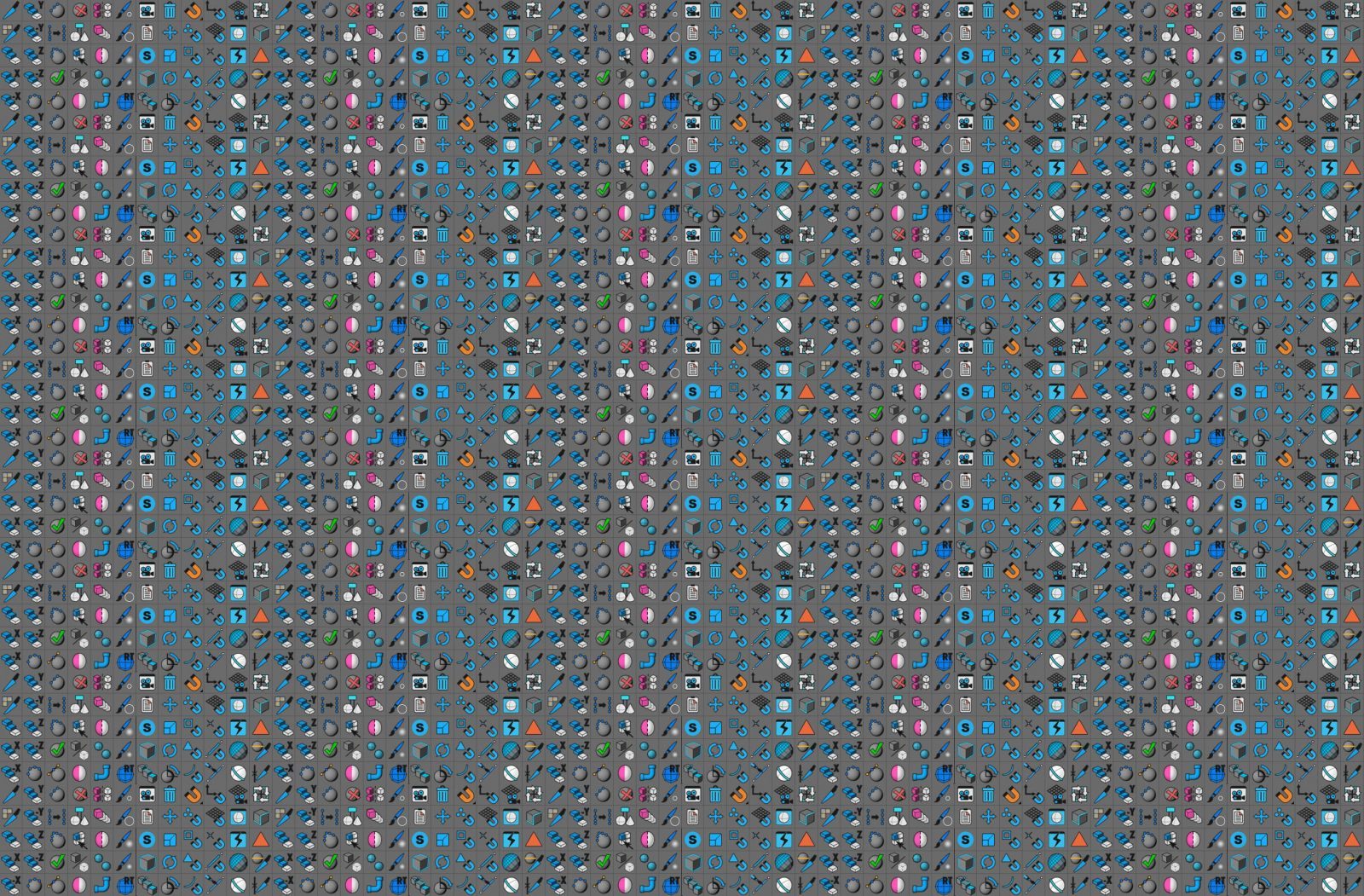
Of all the areas a 3D artist can learn, modelling is arguably the most difficult to master. It takes hours, weeks, months & years of practice and mistake-making to reach the stage where you can decipher a mesh just by looking at it. Also, finding thorough training that focusses on more than just a few techniques and tools isn’t easy, especially if you’re a Cinema 4D artist. Mastering modelling in Cinema 4D has generally relied on finding what tutorials you can for Cinema 4D, then moving on to Maya and Max tutorials to fill the void. With MILG11: Hard Surface Modelling for Cinema 4D this is no longer the case.
MILG11 is the missing link in Cinema 4D modelling, developed specifically for Cinema 4D artists and covering everything you need to know from fundamental modelling concepts to hidden features of key modelling tools.
If you’re serious about learning modelling in Cinema 4D, MILG 11: Hard Surface Modelling Tactics for Cinema 4D is the ideal place to start. Look below for what’s included.
lesson outline
↓geometry basics
Important, fundamental geometry concepts that are the foundation to correct modelling.
directing flow : Quad workflow and its importance in maintaining predictable edge flow.
redirecting flow : Tools and techniques for redirecting edge flow.
edge loops : The importance of loops in edge flow, adding and
encapsulating detail.
normals : The importance of Surface and Vertex Normals to modelling, materials and rendering.
using diamonds : Using diamond quads to split edge flow and control edge count.
tutorial duration : 1 hour 56 minutes
subdivision basics
Understanding subdivision and how it relates to hard surface modelling.
splines v’s subdivision : The benefits of of subdivision modelling over a spline-based workflow.
basic curvature : Understanding polygon count and its importance in creating smooth curvature.
edge sharpening : Tips and techniques for cutting transitional edges on geometry under subdivision.
convex cuts : Techniques for creating sharp, convex details in geometry under subdivision.
concave cuts : Techniques for sharpening to concave details under subdivision.
isolating cuts : Techniques for isolating cuts to extruded, internal
geometry.
uprezing a mesh : Adding detail into a specific part of a mesh without affecting other geometry.
cylindrical detail : Adding detail to cylindrical objects under subdivision without affecting curvature.
surface tension : Understanding subdivision surface tension and how it affects geometry.
tutorial duration : 4 hours 23 minutes
topology tactics
Techniques, tactics and drills for a 2D workflow that greatly simplifies the modelling process.
simple shapes : Resolving simple shapes in geometry using a 2D topology workflow.
tech shapes : Tech shape drills with templates and time-lapse solutions.
reshaping with deformers : Strategies for re-approaching topology to work with deformers.
contour lines : Adding transitional edges to pre-existing geometry.
simple bracket : Using a 2D topology workflow to build a bracket.
surface detail : Retopologising pre-existing geometry to add surface features and details.
telecaster scratchplate : Using a 2D topology workflow to build a Fender Telecaster scratchplate.
engine cover : Using a 2D topology workflow to build a motorcycle engine cover.
repurposing objects : Repurposing an existing object by modifying the topology.
basic retopology : Using the Polygon Pen Tool to retopologise existing geometry.
tutorial duration : 4 hours 50 minutes
general modelling tactics
Vital modelling concepts, strategies and workflows.
using reference : The importance of having good references before commencing a model.
blocking : The importance of blocking before commencing a complex model.
details & kit bashing : Demystifying detailed models and the benefits of building a library.
loop strategies : Strategies for using loops to add edges and detail into existing geometry.
complex extruded shapes : Creating complex extruded shapes and reconciling edge count to combine with existing geometry.
boolean strategies : The correct approach to including Booleans into a modelling workflow.
tutorial duration : 1 hour 57 minutes
modelling walkthroughs
Intense, long form modelling workshops for creating a variety of challenging objects from scratch.
tumbler : Step-by-step techniques for creating a glass tumbler.
oil pump : Step-by-step techniques for creating an oil pump.
MD90 : Step-by-step techniques for creating an MD90 camera.
bottle opener : Step-by-step techniques for creating a bottle opener with corkscrew.
rifle stock : Step-by-step techniques for creating a rifle stock.
tutorial duration : 8 hours 45 minutes
bonus tutorials
Handy bonus tips and techniques plus a little extra review.
cylinder holes : A variety of techniques for adding holes to cylinders.
usb sharpening : Sharpening walkthrough of the USB port created in Symmetry.
pipe holder : Using a 2D topology workflow to create a simple pipe holder.
tutorial duration : 38 minutes
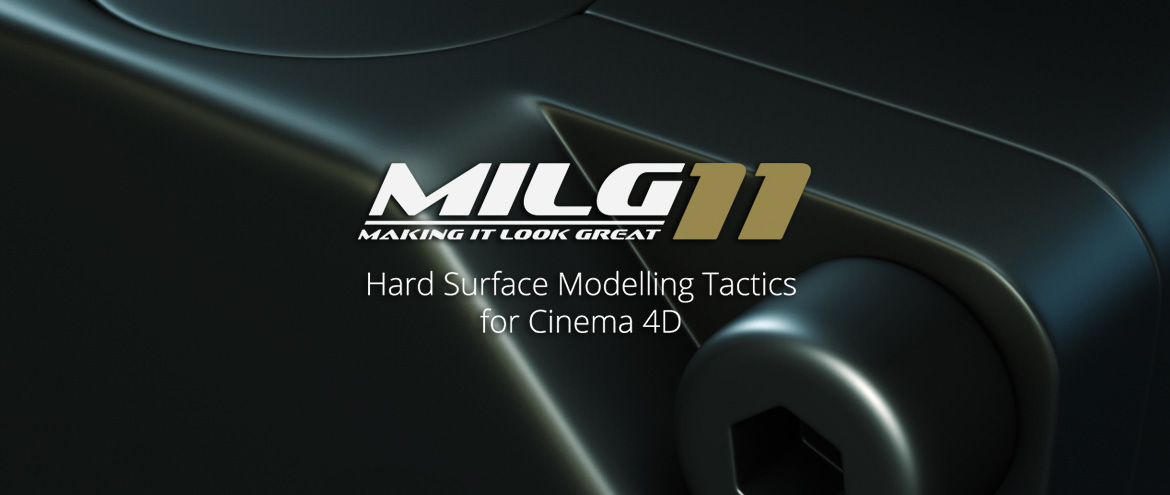
trainer & requirements
↓trainer
Toby Pitman
Toby Pitman is a London-based 3D artist and musician with a deep understanding of 3D modelling concepts and techniques. Toby started using Cinema 4D in 2009 as a hobby which has since grown into a passion for the art and science of 3D modelling.
requirements
Cinema 4D
Cinema 4D R14 or later.
Cinema 4D R16 or later is required for Polygon Pen techniques.
A solid understanding of the Cinema 4D interface is necessary.
Windows and Mac compatible.
All project files included.
Total download size 10.5 GB
Total duration 24 hours 21 minutes
MILG11 was originally recorded in R18.
The main differences between that version of Cinema and the current version are that the knife tool enhancements and interface have changed. Keep in mind that half of MILG11 is concerned with modelling concepts so even with R25, it is still valuable.
We highly recommend watching the example lessons first to see if the title is suitable for you.
